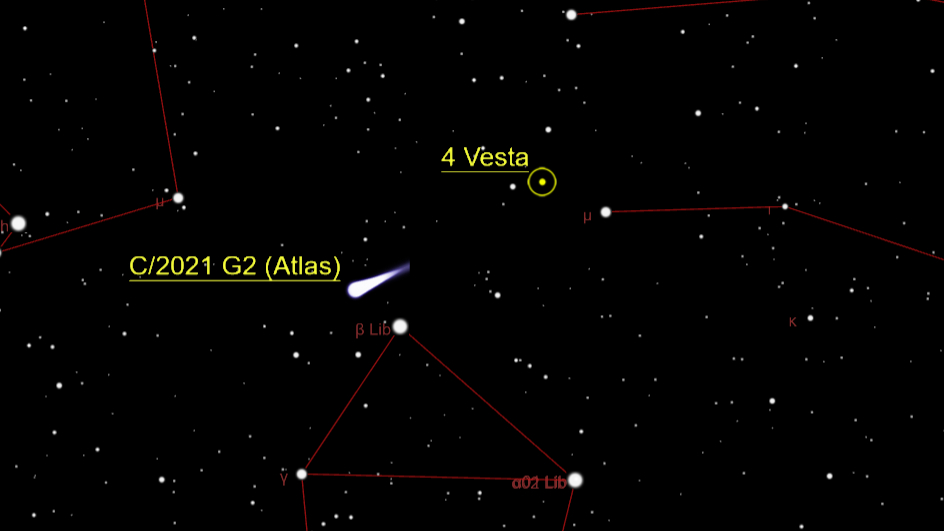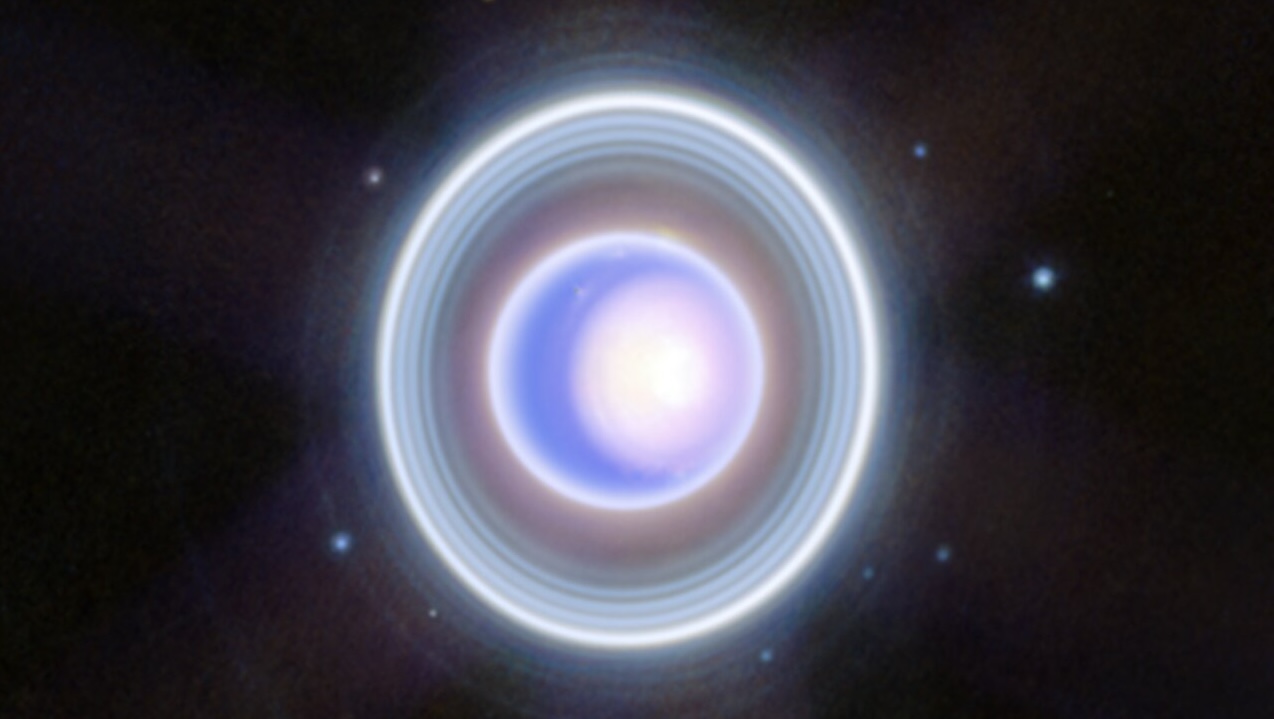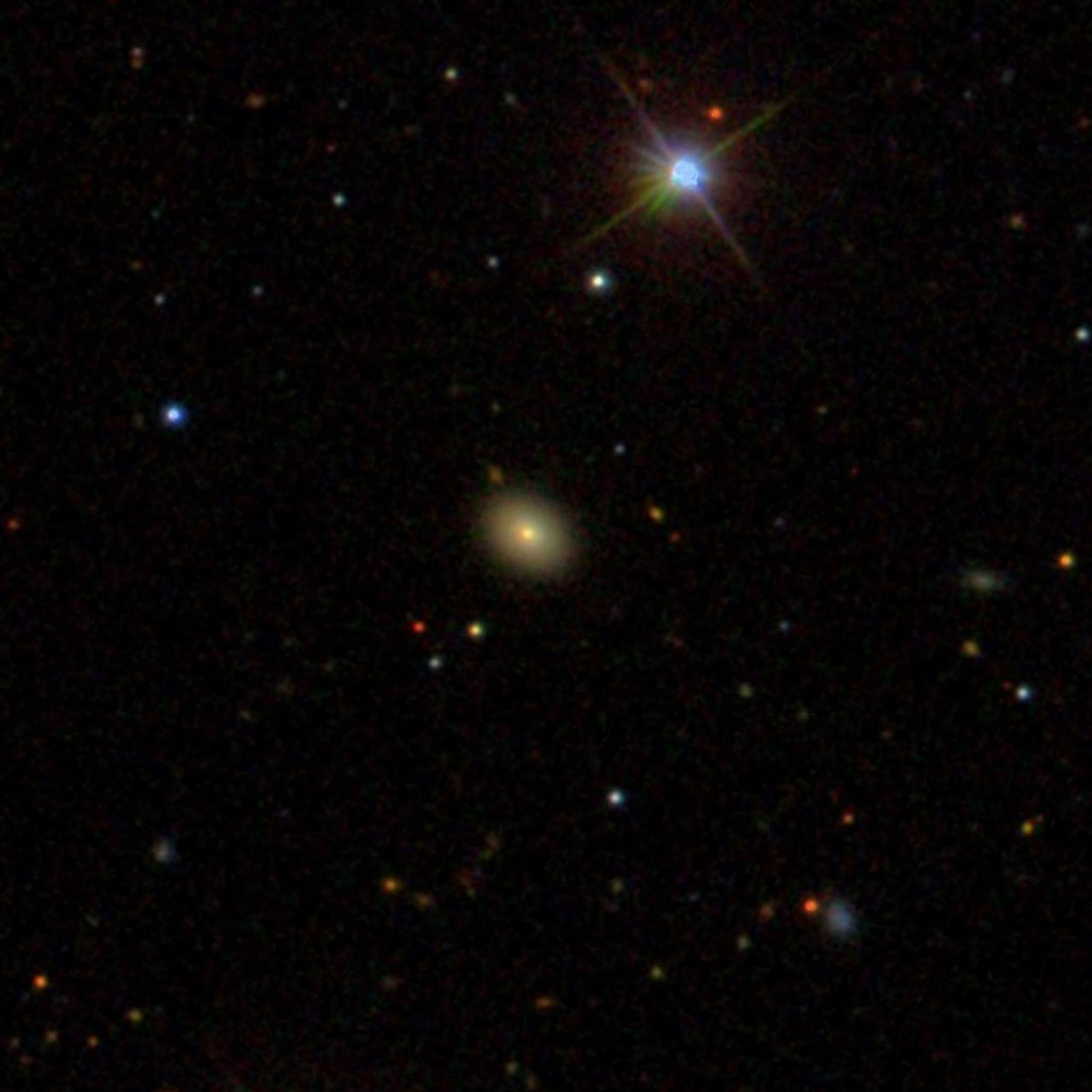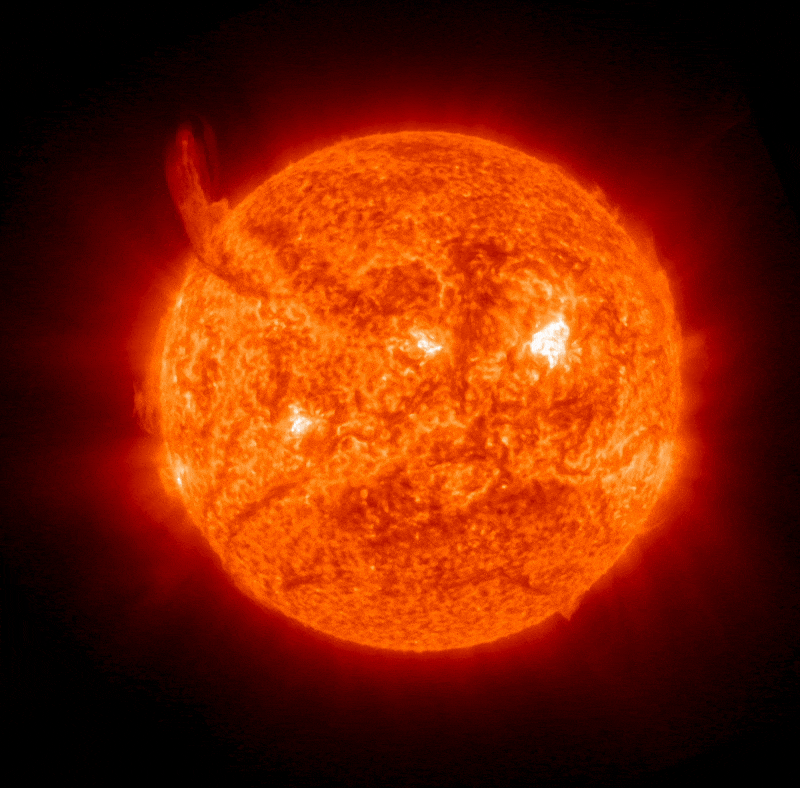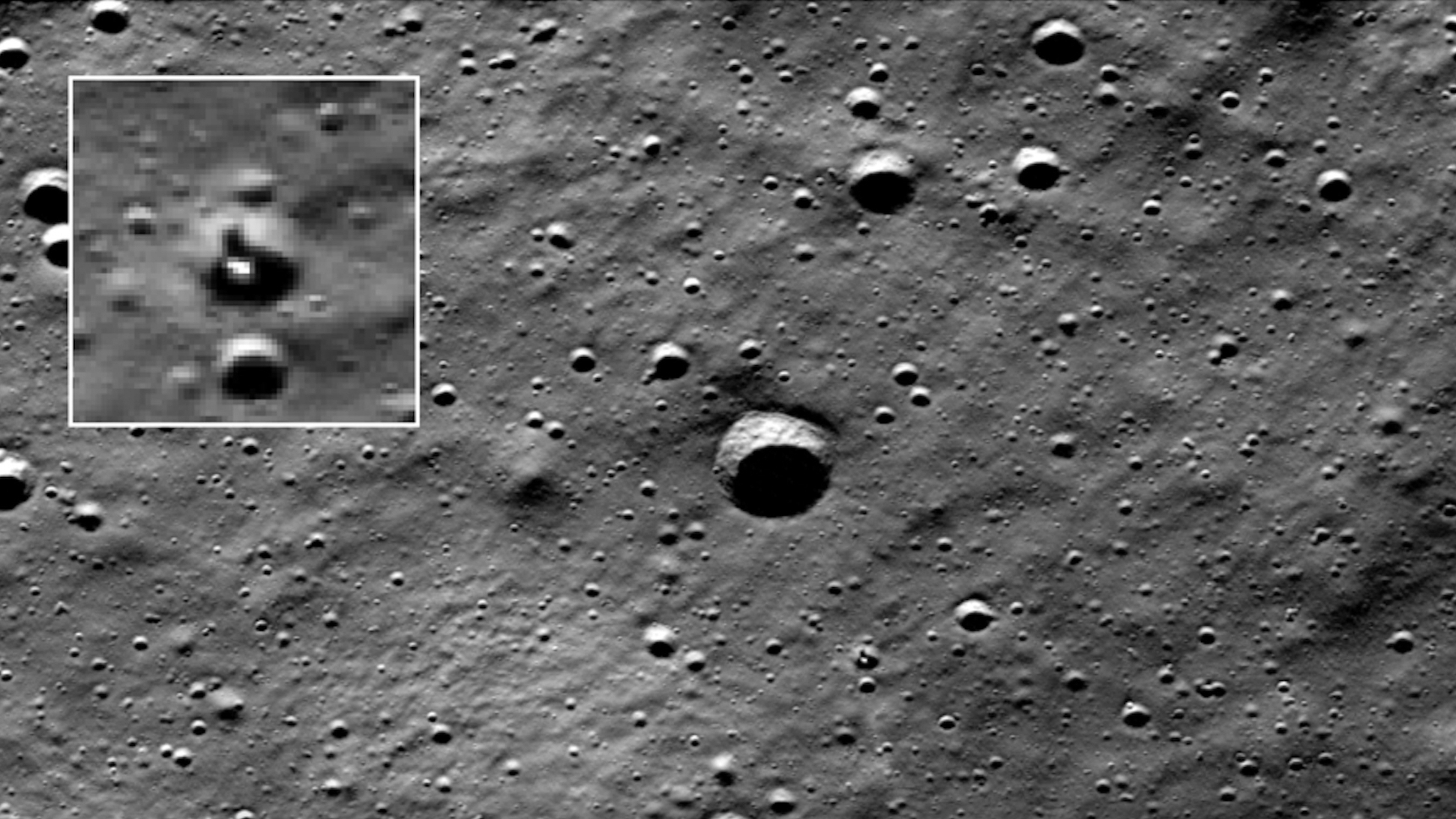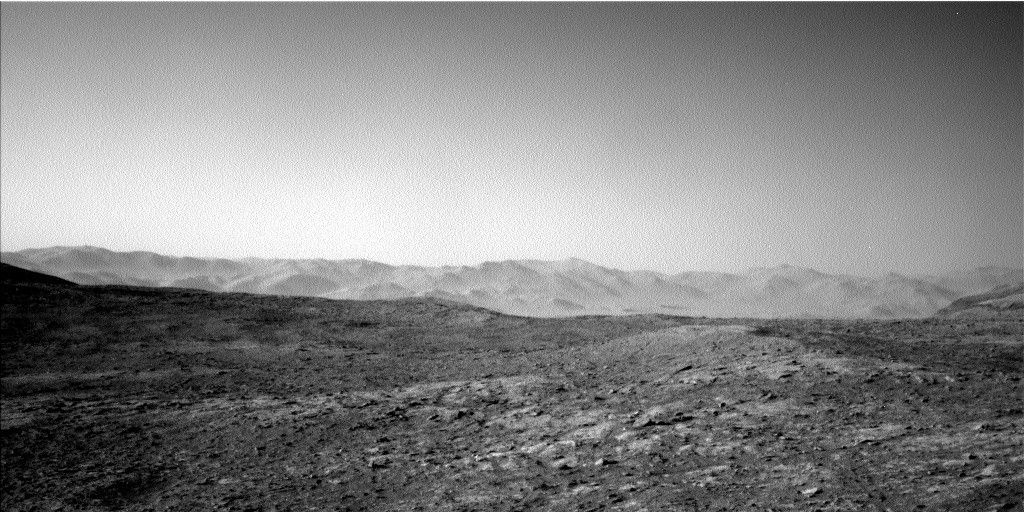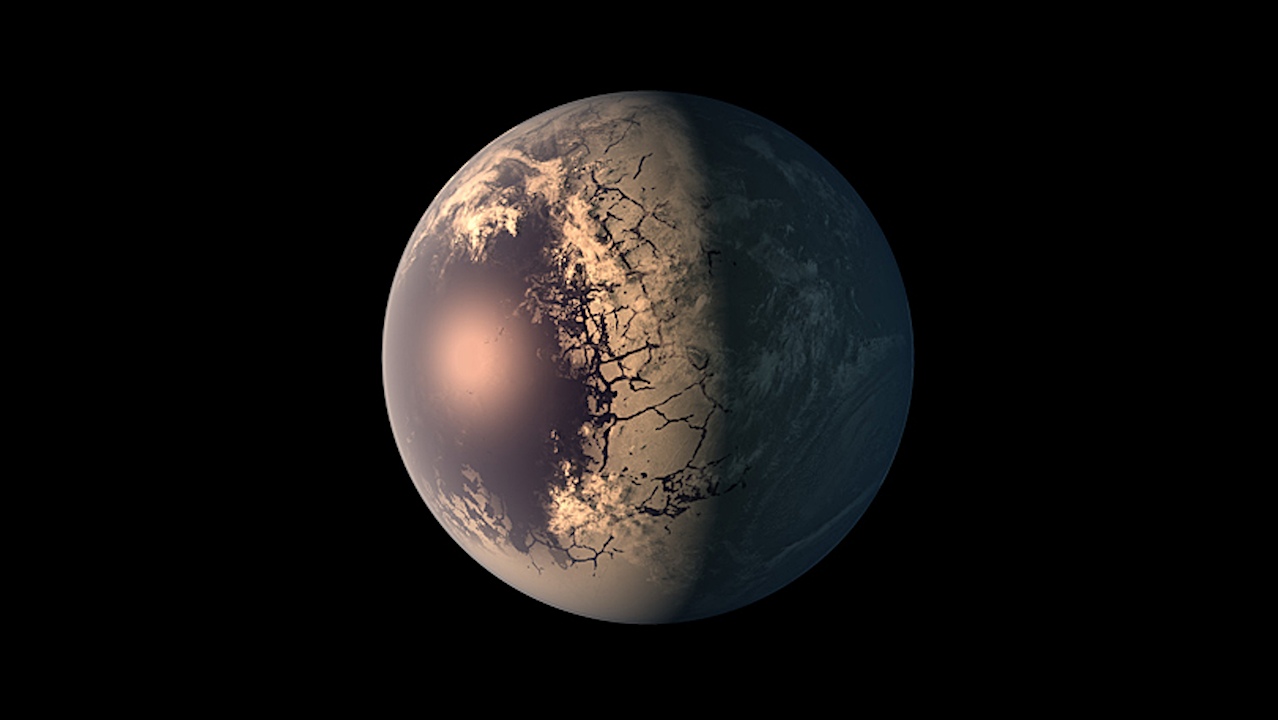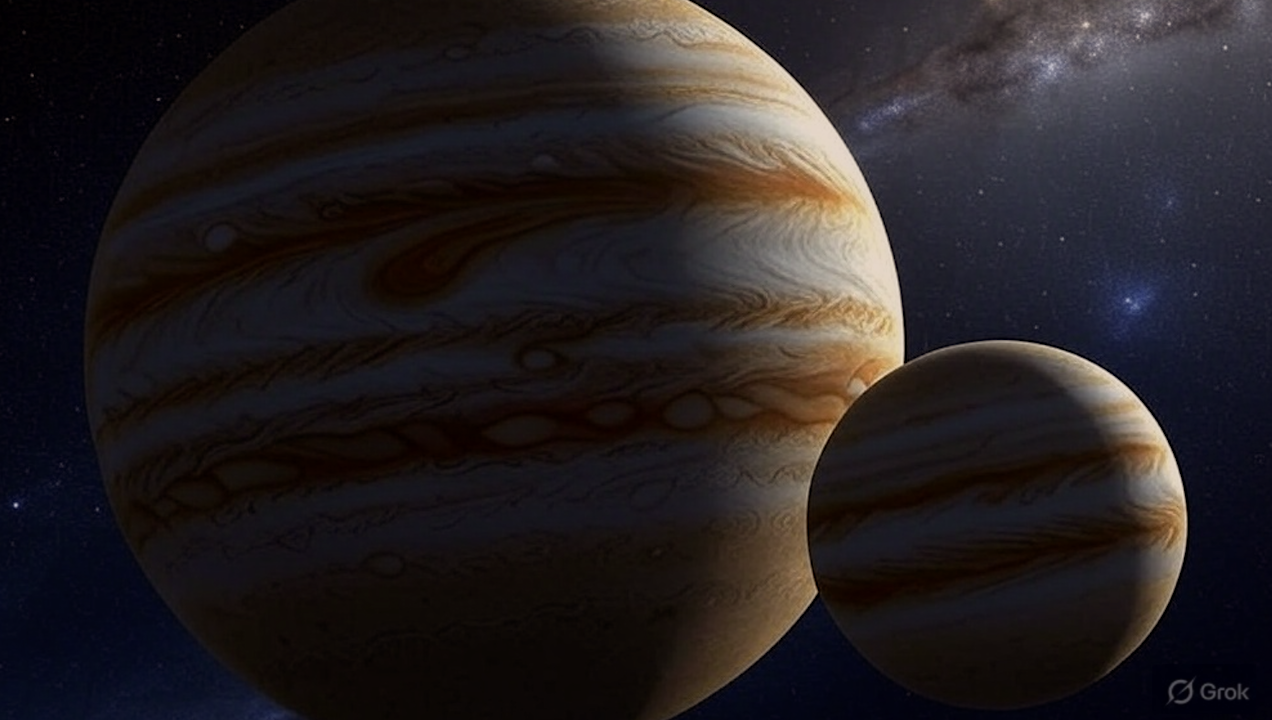On Friday, May 2 the asteroid Vesta will reach opposition, marking the ideal period to spot the second largest asteroid orbiting in the rocky belt of debris located between Mars
Hot Posts209- Page
This image of Uranus from NIRCam (Near-Infrared Camera) on the NASA/ESA/CSA James Webb Space Telescope shows the planet and its rings in new clarity. The Webb image exquisitely captures Uranus’s
5 min read NASA’s NICER Maps Debris From Recurring Cosmic Crashes Lee esta nota de prensa en español aquí. For the first time, astronomers have probed the physical environment of
The filament erupted from the sun on May 7. (Image credit: NOAA Space Weather Prediction Center) A massive solar filament erupted today (May 7), producing a stunning display that spanned
We now know why the private Athena lander toppled over on the moon earlier this year. Athena, the second lunar lander built and operated by Houston company Intuitive Machines, fell
Curiosity Navigation Curiosity Home Mission Overview Where is Curiosity? Mission Updates Science Overview Instruments Highlights Exploration Goals News and Features Multimedia Curiosity Raw Images Images Videos Audio Mosaics More Resources
Habitable Exoplanet – NASA The Statistical-likelihood Exoplanetary Habitability Index (SEPHI) serves as a valuable tool for prioritizing targets for further study and identifying potentially habitable environments. In this paper, we
Planet-planet Binary – Grok via Astrobiology.com Significant numbers of free-floating planetary-mass objects have been discovered in nearby star-forming regions by the James Webb Space Telescope, including a substantial number (42)
TAMPA, Fla. — Denver-based Lux Aeterna emerged from stealth June 25 with $4 million in pre-seed funding to develop a fully reusable satellite slated to launch in 2027, equipped with
Living up to its Star Wars’ namesake, a SpaceX Falcon 9 rocket took flight again, delivering 29 Starlink satellites to low Earth orbit (LEO) on Sunday, May 4th, 2025 —
-
 012024 in Review: Highlights from NASA in Silicon Valley
012024 in Review: Highlights from NASA in Silicon Valley -
 02Panasonic Leica Summilux DG 15mm f/1.7 ASPH review
02Panasonic Leica Summilux DG 15mm f/1.7 ASPH review -
 03From Polymerization-Enabled Folding and Assembly to Chemical Evolution: Key Processes for Emergence of Functional Polymers in the Origin of Life
03From Polymerization-Enabled Folding and Assembly to Chemical Evolution: Key Processes for Emergence of Functional Polymers in the Origin of Life -
 04How New NASA, India Earth Satellite NISAR Will See Earth
04How New NASA, India Earth Satellite NISAR Will See Earth -
 05And Thus Begins A New Year For Life On Earth
05And Thus Begins A New Year For Life On Earth -
 06Astronomy Activation Ambassadors: A New Era
06Astronomy Activation Ambassadors: A New Era -
07SpaceX launch surge helps set new global launch record in 2024


